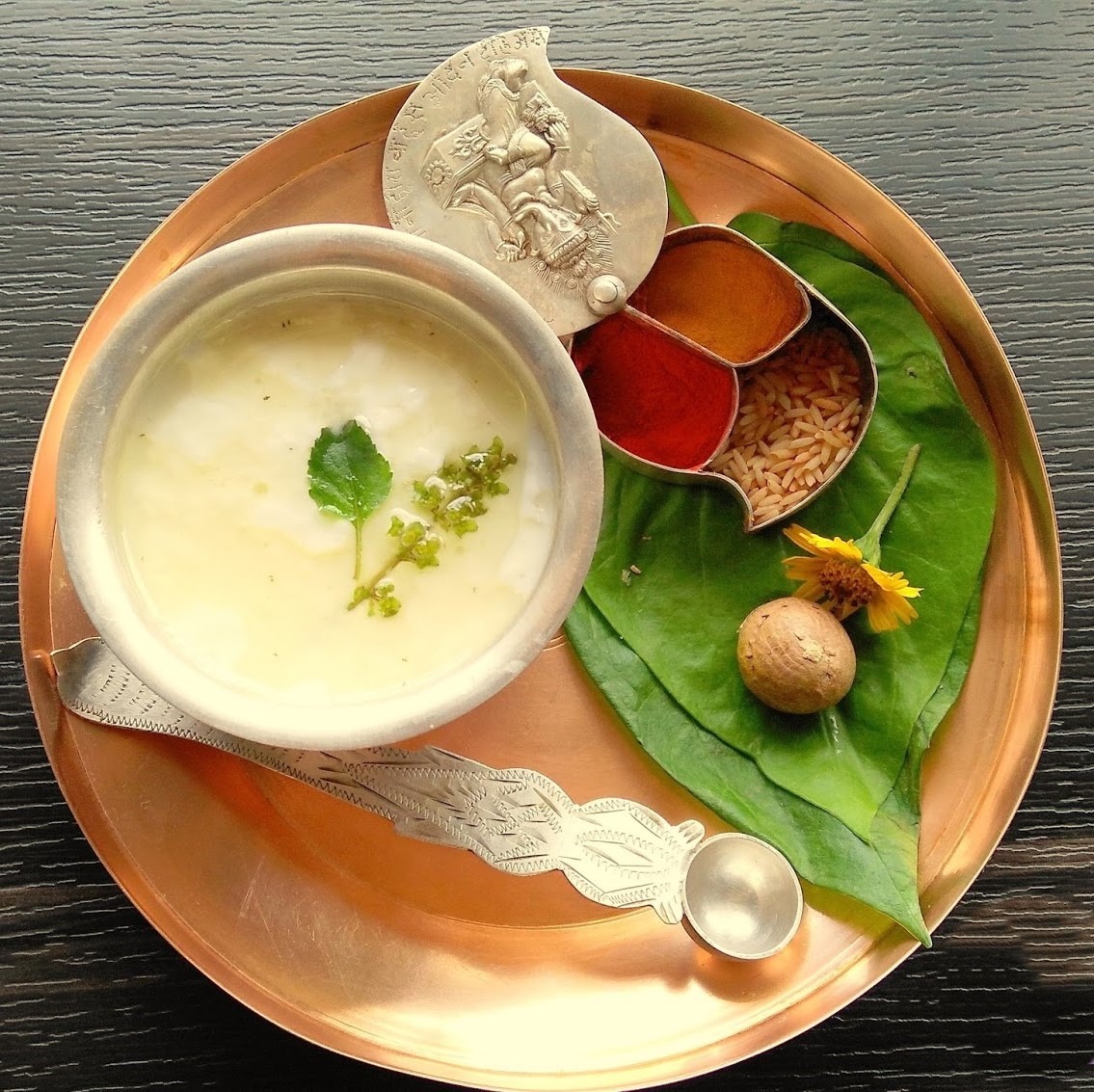Panchamrut Abhishek at Bhimashankar Temple
About
At the Bhimashankar Temple, the Shiva Linga is for ceremony bathed with Panchamrut, a concoction of five heavenly elements, including milk, yogurt, honey, ghee, and sugar, as part of the Panchamrut Abhishek. Invoking the heavenly presence of Lord Shiva, this ceremony is a statement of devotion. According to devotees, the giving of Panchamrut represents wealth, cleanliness, and soul nutrition. The shrine of Bhimashankar, one of the twelve Jyotirlingas devoted to Lord Shiva.The Panchamrut mantra is spoken in combination with the Abhishek.

-
 Benefits of Panchamrut Abhishek at BhimashankarAt Bhimashankar, the Panchamrut Abhishek symbolizes wealth and purity and provides heavenly benefits. This holy rite promotes the soul, encouraging spiritual development and calling upon Lord Shiva's kindness to bring about inner peace and satisfy devotees' wishes.
Benefits of Panchamrut Abhishek at BhimashankarAt Bhimashankar, the Panchamrut Abhishek symbolizes wealth and purity and provides heavenly benefits. This holy rite promotes the soul, encouraging spiritual development and calling upon Lord Shiva's kindness to bring about inner peace and satisfy devotees' wishes. -
 Required Things (Puja Samgri)Milk (दूध), Yogurt (दही), Honey (शहद), Ghee (घी), Sugar (चीनी)
Required Things (Puja Samgri)Milk (दूध), Yogurt (दही), Honey (शहद), Ghee (घी), Sugar (चीनी) -
 When to performMondays, associated with Lord Shiva, are considered highly favourable for Panchamrut Abhishek. In an early morning hours, known as the "Brahma Muhurta," are considered ideal for Rudrabhishek. And the regular timing is 5:30 AM to 10 AM Monday to Saturday.
When to performMondays, associated with Lord Shiva, are considered highly favourable for Panchamrut Abhishek. In an early morning hours, known as the "Brahma Muhurta," are considered ideal for Rudrabhishek. And the regular timing is 5:30 AM to 10 AM Monday to Saturday. -
 Panchamrut Abhishek DurationThe maximum duration for Panchamrut Abhishek Is 25-30 minutes.
Panchamrut Abhishek DurationThe maximum duration for Panchamrut Abhishek Is 25-30 minutes. -
 Place of pujaAt bhimashankar jyotirling.
Place of pujaAt bhimashankar jyotirling. -
 Yajman detailsTotal Yajman: 4
Yajman detailsTotal Yajman: 4
FAQ
Panchamrut Abhishek is a sacred ritual involving the ceremonial bathing of the Shiva Linga with a mixture of five divine substances.
Ideal times include auspicious occasions, festivals, and special planetary alignments.
Benefits include invoking divine blessings, symbolizing purity, fostering spiritual growth, and fulfilling devotees’ desires.
Anyone can participate; there are usually no strict eligibility criteria.
While there may not be strict guidelines, wearing traditional attire is recommended as a sign of respect.
The duration varies but generally takes around 1 hour.
The ritual can be performed on regular days, and the temple provides specific timings for the ceremony.
Panchamrut symbolizes purity and prosperity, nourishing the soul and invoking the benevolence of Lord Shiva.
Contact the temple authorities to inquire about the process and availability for being a Yajman.
The ceremony is accompanied by Vedic chants and prayers, creating a spiritually charged atmosphere in the temple.
Devotees should ensure the availability of Puja Samgri, wear traditional attire, and be present at the designated time for the ritual.
While individuals can participate, having a knowledgeable priest is advisable for the correct procedures and rituals.
Devotees are generally required to maintain a respectful and focused demeanor, following any specific guidelines set by the temple authorities.
